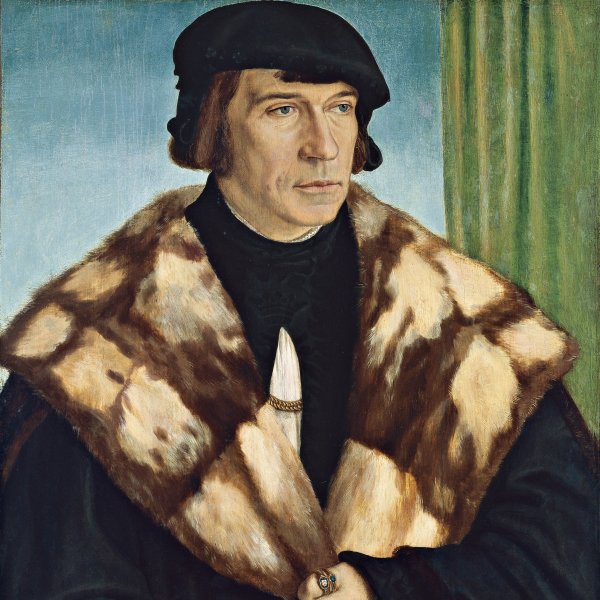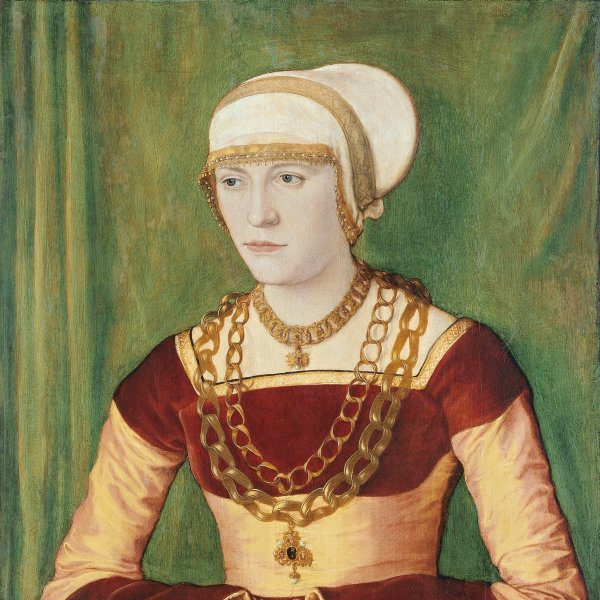Barthel Beham
The date of Beham’s birth is known from a portrait medal of the artist aged 29 by Ludwig Neufahrer, dated 1531. Beham’s artistic training is not documented although his first prints, executed in 1520, reveal the marked influence of Dürer and his own brother Sebald Beham who is registered as a pupil in Dürer’s workshop. From the outset Beham revealed a pronounced interest and preference for classical subjects. Together with his brother Sebald and Georg Pencz he shared the radical, political and religious ideas of the reformers Thomas Müntzer and Andreas Karlstad, for which reason Beham was expelled from Nuremberg in January 1525. Despite the fact that he was allowed to return at the end of that year, he permanently left the city and moved to Munich where he began to work for Dukes William IV and Louis X of Bavaria, for whom he produced commissions for the rest of his life. Beham painted numerous portraits of the Dukes and of the leading patrician families and senior government officials. An example of the latter is the portrait of Chancellor Leonard von Eck of 1527 (The Metropolitan Museum of Art, New York). Beham introduced a new type of portrait into southern Germany whose principal innovation was the increase in the length of the format with the model depicted almost to the level of the hips. From 1529 his work reveals the influence of Netherlandish Mannerism, a fact that some art historians have related to a possible trip to the Low Countries. In 1530 Beham painted The Legend of the True Cross for Duke William IV of Bavaria (Alte Pinakothek, Munich), which was one of a cycle of paintings on historical, battle and legendary themes for the Residenz in Munich. In 1540 and funded by his protector the Duke, Beham made a study trip to Italy, during which he died, probably in Bologna.






